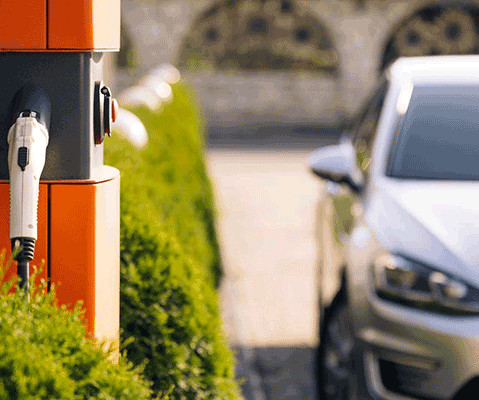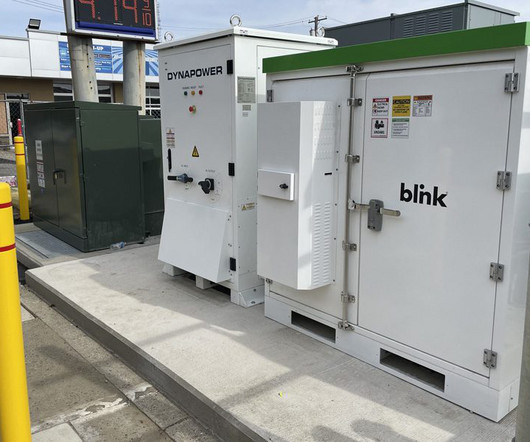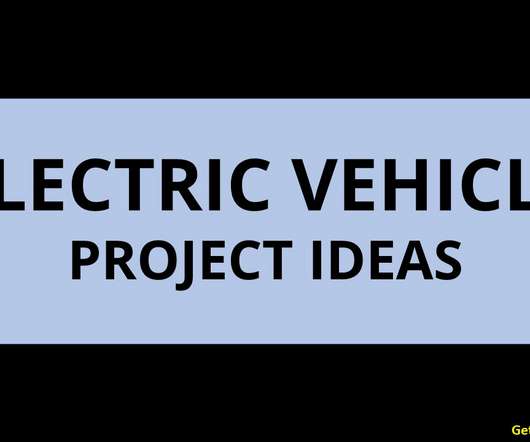Massive solar array to power airside electric ground service vehicles at JFK Airport’s New Terminal One
Charged EVs
JANUARY 24, 2025
It opened in 1948 as New York International Airport, although it was typically referred to then as Idlewild. The New Terminal One will have what its creators have said is the largest solar array at any US airport, which will power a fleet of electric vehicles used at the terminal both landside and airside.






















Let's personalize your content